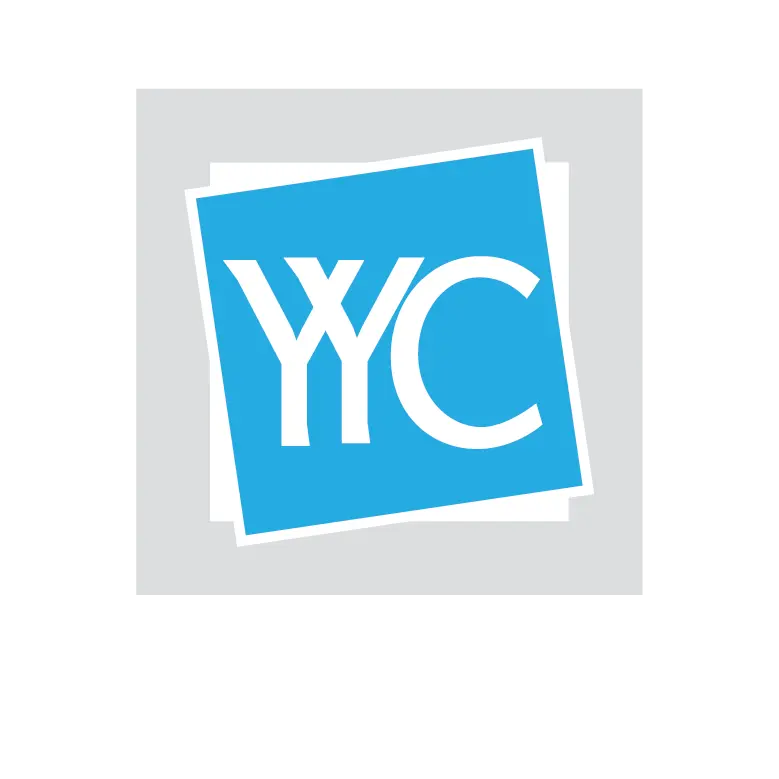Guide To Understanding e-Invoicing System in Malaysia [updated December 2025]
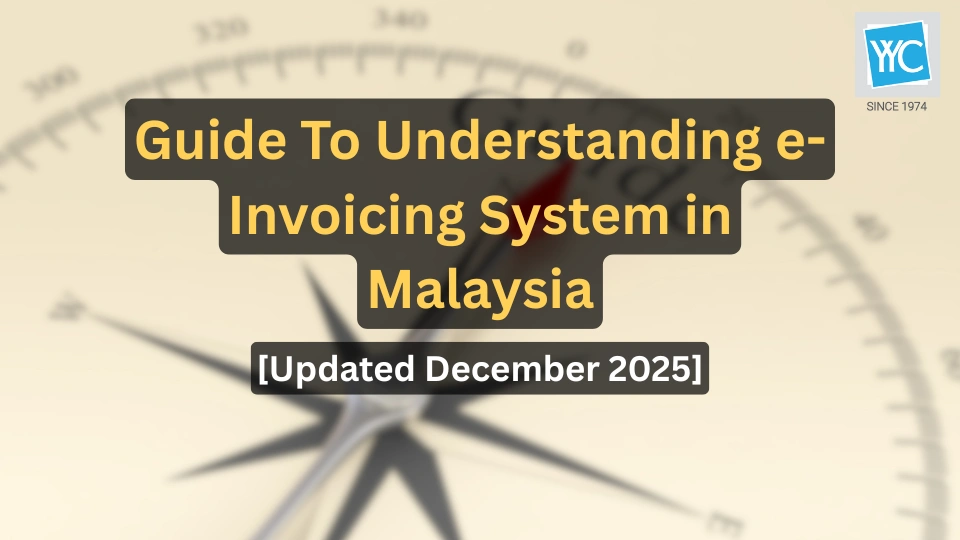
Updated: 09 December 2025
To support the growth of the digital economy, the Malaysian government has decided to make e-invoicing mandatory for all taxpayers and will start in phases from 1st August 2024. The Inland Revenue Board of Malaysia (LHDN) has since released several guidelines to help businesses understand the key aspects of e-Invoicing.
E-Invoicing will apply to all taxpayers engaged in business activities in Malaysia, covering both domestic and international transactions. This includes transactions between businesses (B2B), businesses and consumers (B2C), and businesses and the government (B2G).
Implementing e-Invoicing can be complex, involving changes to processes, organisational practices, and business strategies. There are different integration models available to suit your business needs. Explore the challenges and options for smooth transitioning to e-Invoicing. As such, taxpayers must familiarise themselves with various types of e-invoices and the timelines involved.
THE COUNTDOWN BEGINS: THE IMPLEMENTATION TIMELINES
e-Invoicing will be implemented in Malaysia in phases on a mandatory basis starting 1 August 2024. The implementation timelines are as follows:

Referring to the diagram above, it is divided into 4 phases:
- 1st August 2024: The initial phase, scheduled to begin on 1 August 2024, is mandatory for taxpayers with an annual turnover of more than RM100 million.
- 1st January 2025: Becomes mandatory for taxpayers with an annual turnover of more than RM25 million and up to RM100 million.
- 1st July 2025: This phase is compulsory for taxpayers with an annual turnover of more than RM5 million and up to RM25 million.
- 1st January 2026: This phase applies to taxpayers with an annual turnover of more than RM1 million and up to RM5 million.
Nonetheless, taxpayers can opt to voluntarily participate in the implementation of e-Invoice at an earlier date, regardless of their annual turnover or revenue.
For new businesses or operations commencing from the year 2023 to 2025 with an annual turnover or revenue of at least RM 1,000,000, the e-Invoice implementation date is 1 July 2026.
For new businesses or operations commencing from year 2026 onwards, the e-Invoice implementation date is 1 July 2026 or upon the operation commencement date. However, if the first year's turnover or revenue is less than RM 1,000,000, the e-Invoice implementation date would be 1 January in the second year following the year in which the total annual turnover or revenue reached RM 1,000,000.
Once you’ve identified the relevant phase for your business, let's start with a fundamental question:
WHAT IS E-INVOICING?
e-Invoicing goes beyond converting an invoice to a PDF format. It represents a new way for businesses to digitally exchange invoices through a system, replacing paper or electronic documents such as invoices, credit note and debit note. This process generally includes generating invoices in the format specified by LHDN, such as XML or JSON, facilitating automated processing by the relevant system. This, in turn, supports real-time reporting of business transactions to the Inland Revenue Board of Malaysia (LHDN).
WHO SHOULD USE E-INVOICE?
e-Invoicing is applicable to all taxpayers undertaking commercial activities in Malaysia. This covers transactions between business-to-business (B2B), business-to-consumer (B2C) and business-to-government (B2G).
All individuals and legal entities are required to comply with e-invoice requirements, and this includes the following 14 categories of taxpayers:
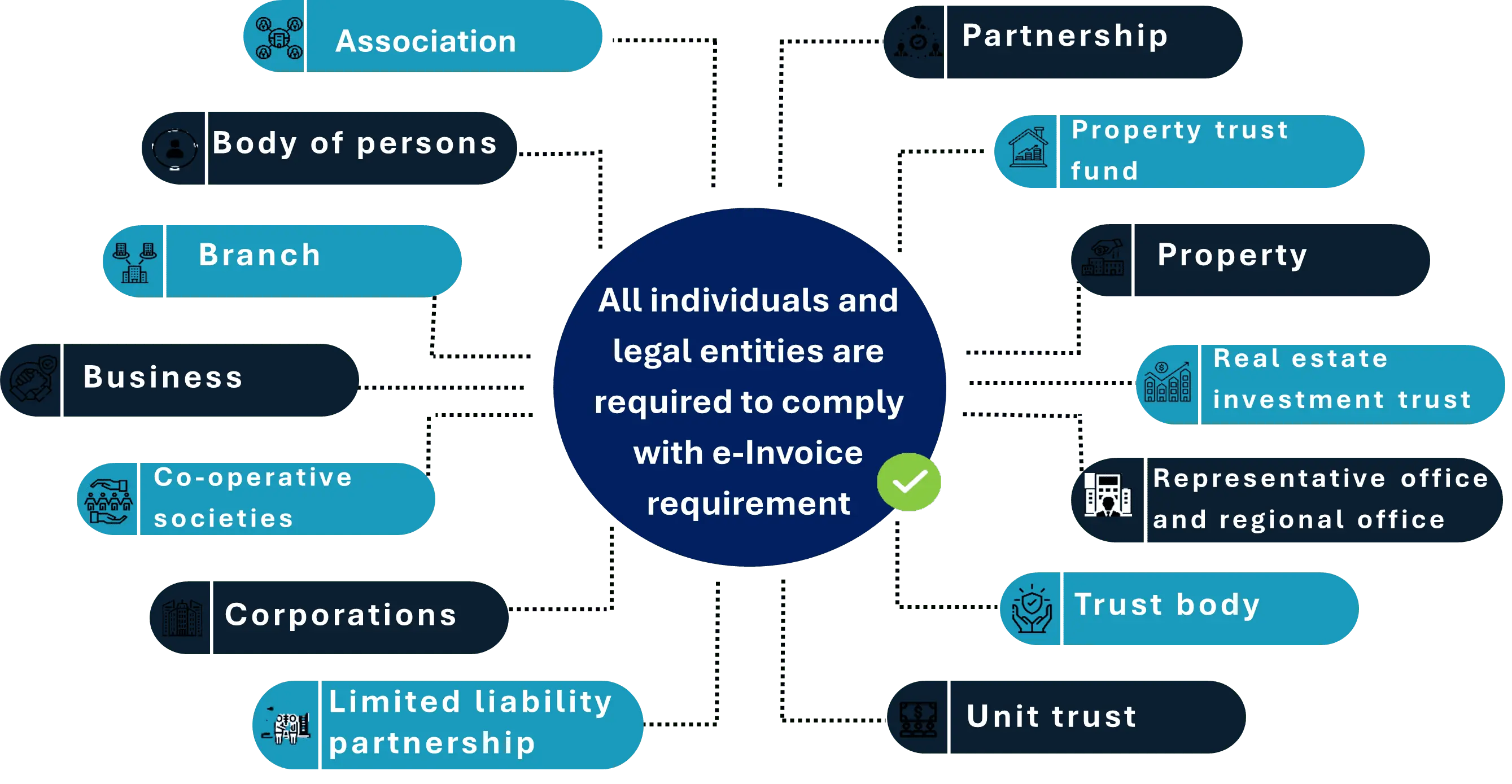
E-INVOICE OVERVIEW WORKFLOW: HOW DOES IT WORK?
In the era of e-invoicing, there is a transformative shift in how invoices are created, shared, and stored. Below is a workflow diagram that outlining the steps of the entire e-invoicing process:
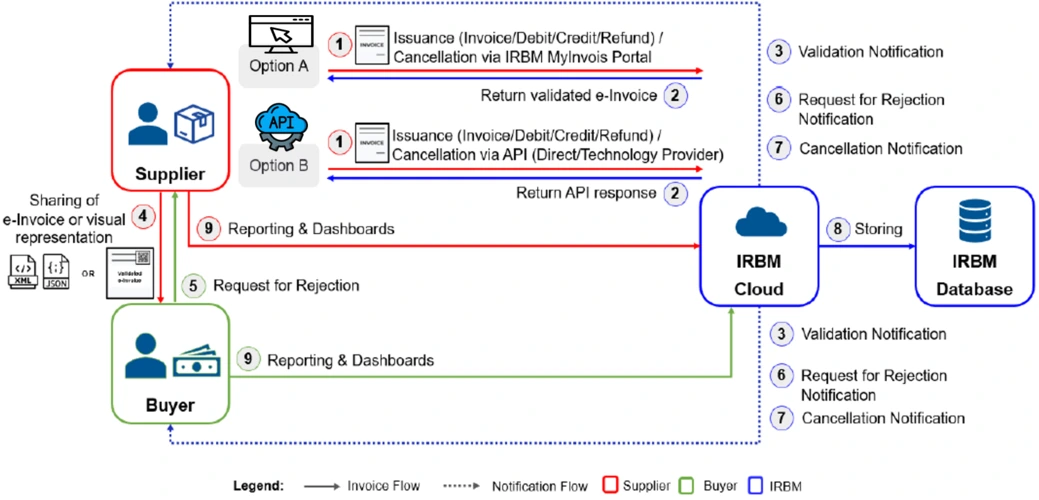
e-Invoice overview workflow
| Step 1: Creation and submission | When a sale or transaction is made, the supplier must first create an e-invoice by inputting all the required information and submit it to the LHDN via the MyInvois Portal / API for validation. |
|---|---|
| Step 2: Validation | LHDN will validate the invoice on a near real-time basis. Once the invoice has been validated, the supplier will receive a validated e-invoice / API response from LHDN via the MyInvois Portal / API. The validated e-invoice will include the LHDN Unique Identifier Number along with the date and time of validation and validation link. Additionally, a QR code will be attached to the validated e-invoice for verification purposes. |
| Step 3: Notification | Both the supplier and the buyer will receive a validation notification from LHDN. However, the method of notification transmission by LHDN slightly differs between the two approaches. Should the supplier choose to generate an e-invoice using the MyInvois Portal, validation notifications will be sent to both the supplier and buyer via MyInvois Portal and email. Conversely, if the supplier decides to generate an e-invoice through an API, the MyInvois System integrates a Notification API and automatically triggers notifications to both the supplier and buyer. |
| Step 4: Sharing | The next step is sharing the validated e-invoice with the buyer. Before sharing the e-invoice with the buyer, the supplier is obliged to share the validated e-invoice with the buyer after embedding the validated link (provided by LHDN) in the form of a QR code. The QR code can be used to validate the existence and status of the e-invoice. |
| Step 5, 6 and 7: Rejection and cancellation | Upon issuance of the e-invoice, the buyer or supplier has the option to either cancel or reject the e-invoice within 72 hours. If this 72-hour timeframe is exceeded, the e-invoice will be automatically accepted. Any adjustments will require the issuance of a new invoice, debit note, credit note, or refund note. |
| Step 8: Storing | All accepted and validated e-Invoices submitted via the MyInvois Portal or API will be stored in LHDN’s database. |
| Step 9: Dashboard service | Both supplier and buyer have the option to request and retrieve e-invoice data such as invoice date, amount, invoice status, and other relevant information submitted to LHDN via the MyInvois Portal. |
WHICH TYPE OF E-INVOICE MODEL IS SUITABLE FOR YOU?
The next step is to identify which types of e-invoice models best suit your needs. According to the LHDN guidelines, there are two available methods for transmitting e-invoices to the LHDN, either through the MyInvois portal or the Application Programming Interface (API). Businesses must carefully assess their needs and capabilities before choosing either method of e-invoice model.
- Application Programming Interface (API)
An API comprises a set of programming codes that enables direct transmission between the taxpayers’ accounting system and the MyInvois System. Taxpayers would need to configure the API integration by setting up call-backs (specific taxpayer system addresses) and log into the available LHDN APIs via the Digital Certificate issued by LHDN (authentication mechanisms).
This method is well-suited for businesses with high volumes of transactions, especially those companies with appropriate accounting software. With this method, taxpayers only need to input data into their accounting software, and APIs facilitate the direct transmission of this data to the LHDN system. However, businesses should note that this convenience comes with an initial investment in technology as well as ongoing fees for system integration. - MyInvois Portal - LHDN system
Another way for taxpayers to submit their e-invoices to the LHDN is through the MyInvois Portal. The MyInvois Portal serves as a web interface specifically crafted for taxpayers to manually submit their e-invoices online, functioning as a centralized platform for e-invoice transmission.
This approach is particularly well-suited for companies that either do not have or prefer not to use compatible accounting software, especially advantageous for those with low data volumes. Consequently, this model represents an ideal choice for Micro, Small, and Medium Enterprises (MSMEs) as it eliminates the need for any technical integration.
55 REQUIRED FIELDS FOR E-INVOICE
Upon understanding these two e-invoicing models, another consideration for taxpayers is the process of creating an e-invoice. According to the latest guidelines from the LHDN, each invoice is required to be filled out for up to 55 fields. Therefore, if you choose to submit e-invoices via the MyInvois Portal, the manual filling of these 55 fields becomes necessary.
This requirement implies that the adoption of e-invoicing will simultaneously introduce additional responsibilities for businesses. Taxpayers may find themselves burdened with extra work to ensure that all 55 fields are accurately filled out for each e-invoice. Moreover, the manual input of data for each field can be time-consuming and prone to human error. Taxpayers may need to collaborate closely with their suppliers and customers to obtain the necessary information for the e-invoices, bringing about additional operational challenges for businesses.
For a comprehensive list of data fields, please refer to the LHDN's latest guideline - Appendix 1.
HOW DOES E-INVOICING IMPACT ACCOUNTS RECEIVABLE AND ACCOUNTS PAYABLE?
Making the switch to e-invoicing can cause substantial changes to the overall invoicing process, including the accounts receivable (AR) and accounts payable (AP) functions. An outline of the possible impacts on the accounts receivable and payable process flows are as follows:
AR PROCESS FLOW
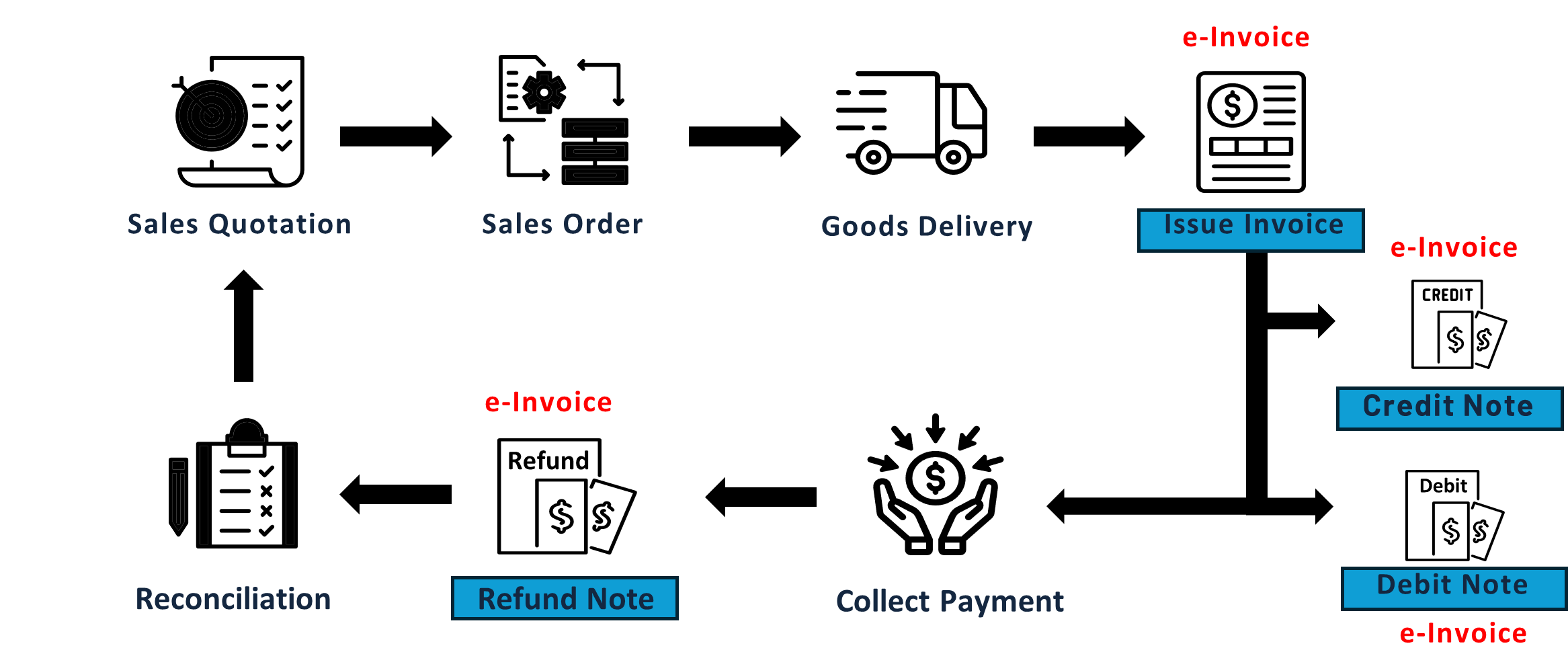
AP PROCESS FLOW
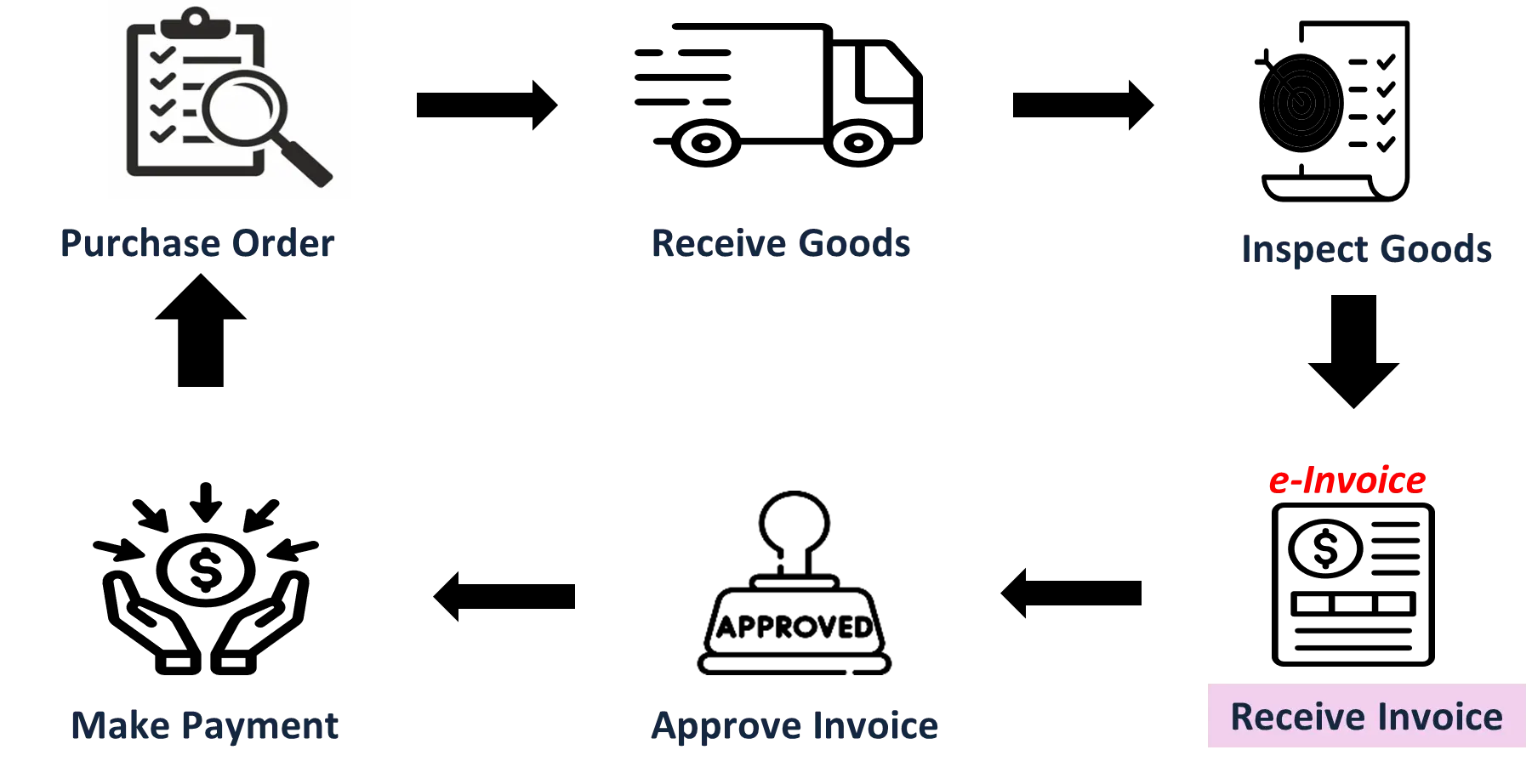
E-invoicing has brought about a revolution in the Accounts Receivable and Payable processes. As shown in the process flow above, the creation and submission of invoices, credit notes, debit notes, and refund notes will be exclusively conducted through a digital platform, either through API or MyInvois Portal. Additionally, the created invoices are required to conform with the structured data format and standards established by the LHDN. Taxpayers are required to follow the 9-step rules for the issuance of e-invoices, including inputting the necessary details into the system, such as the supplier’s Tax Identification Number (TIN), billing details, supplier’s MSIC code, etc. By processing invoices electronically, businesses are expected to gain greater visibility into their transaction, thereby improving accuracy, and facilitating greater control of all transactions.
WHAT IS A CONSOLIDATED E-INVOICE?
Suppliers have the option to issue normal receipts or invoices and aggregate them into a consolidated e-invoice. This method allows suppliers to aggregate multiple receipts or invoices, even from different dates and involving various buyers, into a single consolidated e-invoice. It eliminates the need for issuing separate invoices for each transaction.
Consolidated e-invoices typically apply to certain business-to-consumer (B2C) transactions. In cases where buyers do not require an e-invoice, suppliers may issue a normal invoice to the buyers in line with current business practice. Subsequently, suppliers are required to aggregate these normal invoices and issue a consolidated e-invoice to support the transactions made. Additionally, the Inland Revenue Board of Malaysia (LHDN) has set a specified timeframe for the submission of consolidated e-invoices. According to the LHDN's guidelines, suppliers must submit consolidated e-invoices to LHDN within seven calendar days after the month-end.
Creating individual invoices for each transaction can be extremely time-consuming for organisations. Businesses may need to invest additional costs and require more resources to handle the invoicing process, potentially affecting overall business operations. Conversely, consolidated e-invoices can simplify and expedite the company’s billing process, reducing the time spent on handling e-invoices while enhancing business efficiency.
WHICH INDUSTRIES ARE PROHIBITED FROM ISSUING CONSOLIDATED E-INVOICES?
According to LHDN’s guidelines, certain industries are prohibited from issuing consolidated e-invoices.
This also implies that these industries would have to issue individual e-invoices for each transaction. These industries include:
- Automotive;
- Aviation;
- Luxury goods and jewellery;
- Construction;
- Wholesalers and retailers of construction materials;
- Licensed betting and gaming; and
- Payment to agents / dealers / distributors.
- Any single transaction with a value exceeding RM10,000 (effective starting 1 January 2026)
- Electricity service providers (effective 1 January 2026)
- Telecommunication services for postpaid plans, internet subscriptions & sale of devices (effective 1 January 2026)
SELF-BILLED E-INVOICES
The government has introduced self-billed e-invoices as part of its e-invoicing system. Self-billed e-invoices redefine the roles of suppliers and buyers in the e-invoicing process. It revolutionised the conventional e-invoicing process by allowing buyers to take on the role of suppliers and issuing e-invoices on behalf of the suppliers. Let’s delve into the concept of self-billed e-invoices, providing businesses with a comprehensive understanding of this e-invoicing method.
WHAT IS A SELF-BILLED E-INVOICE?
Unlike the traditional method of e-invoicing where the supplier creates and issues the e-invoices to the buyer, a self-billed e-invoice is a type of e-invoice that is created and issued by the buyer on behalf of the supplier. In a self-billed e-invoice scenario, the buyer assumes the role of the supplier, acting as the issuer of the e-invoice, which is then submitted to the LHDN for validation. Once validated, the buyer can use the validated e-invoice as proof of expense for tax purposes.
The LHDN has provided a list specifying the details to be included by the buyer in a self-billed e-invoice. Buyers play a crucial role in the self-billed e-invoicing process, as they are responsible for obtaining necessary information from the supplier to ensure the accuracy and completeness of e-invoice details. The required fields for an e-invoice will include the buyer's and seller's names, addresses, tax identification numbers (TIN), a description of the products or services, quantities, pricing, etc.
WHAT SCENARIO REQUIRES THE ISSUANCE OF A SELF-BILLED E-INVOICE?
According to LHDN’s latest guidelines, there are certain circumstances where another party (other than the Supplier) will be allowed to issue a self-billed e-invoice on behalf of the supplier. These circumstances include:
- Payment to agents, dealers, distributors
- Goods sold or services rendered by foreign suppliers
- Profit distribution (e.g., dividend distribution)
- e-Commerce transactions
- Pay-out to all betting and gaming winners
- Transactions with individuals (who are not conducting a business)
- Interest payment, except:
- Businesses (e.g., financial institutions, etc.) that charge interest to public at large (regardless of whether they are businesses or individuals);
- Interest payment made by employee to employer;
- Interest payment made by foreign payor to Malaysian taxpayers;
- Interest payment to a related company (as defined in the Income Tax Act 1967) incorporated in Malaysia who provides centralised treasury services to its related companies; and
- Late payment interest or charges imposed by Malaysian taxpayers.
- Claim, compensation or benefit payments from the insurance business of an insurer
- Payment in relation to capital reduction, share / capital / unit redemption, share buyback, return of capital or liquidation proceeds
Let's look at the following example to have a better understanding of a self-billed e-invoice:
A property agent successfully sells a house and receives a commission from the property development company. However, since the property agent is unable to issue an e-invoice for the service rendered, the property development company (buyer) would need to assume the role of the supplier, acting as the issuer to generate a self-billed e-invoice as proof of expense for tax purposes.
In summary, self-billed e-invoices are an important tool for businesses to document an expense. However, businesses need to understand when and how to apply this e-invoicing method to maximize its benefits within their operational landscape.
E-INVOICING READINESS
To successfully implement e-invoicing, several factors need to be taken into account. Here are some important considerations:
- Identify and understand the e-invoicing regulations applicable to your businesses
Are you familiar with and aware of the e-invoicing regulations specific to your industry? What is your plan to ensure ongoing compliance with these regulations? - Choose the right platform to transmit your data to LHDN (MyInvois Portal or API)
Have you determined the appropriate method for transmitting data to the LHDN? Have you accessed which method is most suitable for your business? How seamless is the integration between the e-invoicing system and your existing accounting software? - Train your staff with the necessary skills and knowledge
Have you conducted training to educate your staff on the principles and practices of e-invoicing? What measures are currently being implemented to raise awareness among employees about the upcoming changes? - Cross-functional collaboration
Have you communicated with your suppliers and customers about the transition to e-invoicing? What steps are you taking to ensure a collaborative and smooth integration of e-invoicing with your suppliers and customers?
** We have a dedicated team of staff providing quick response and excellent customer service. Feel free to contact us to find out more.
